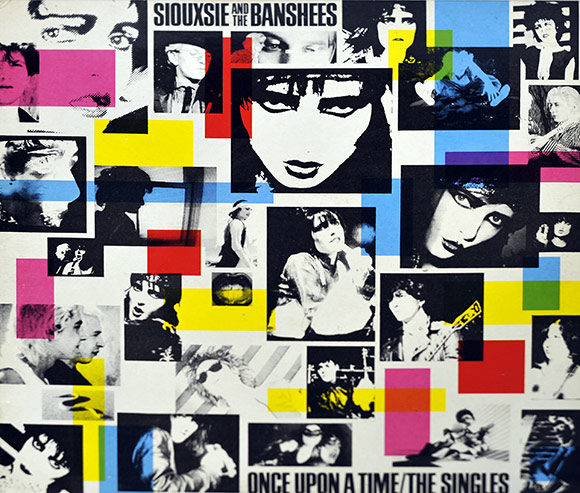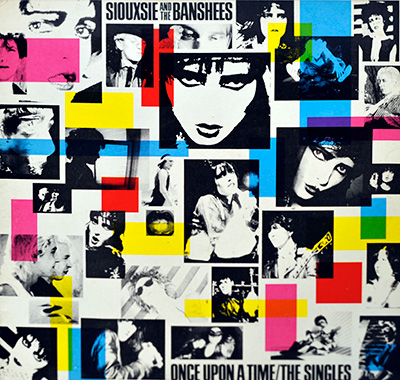SIOUXSIE AND THE BANSHEES Selected Vinyl Discography
- High Resolution Album Covers and Detailed Descriptions
"Siouxsie and the Banshees" were a British rock band formed in 1976 by vocalist Siouxsie Sioux and bassist Steven Severin. Initially associated with the English punk rock scene, the band rapidly evolved to create "a form of post-punk discord full of daring rhythmic and sonic experimentation". The Times cited Siouxsie and the Banshees as "one of the most audacious and uncompromising musical adventurers of the post-punk era."
The group also became inspirational in the creation and development of gothic rock and their music also combined elements of pop and avant-garde. The Banshees disbanded in 1996, with Siouxsie and drummer Budgie continuing to record music as The Creatures, a second band they had formed in the early 1980s.




